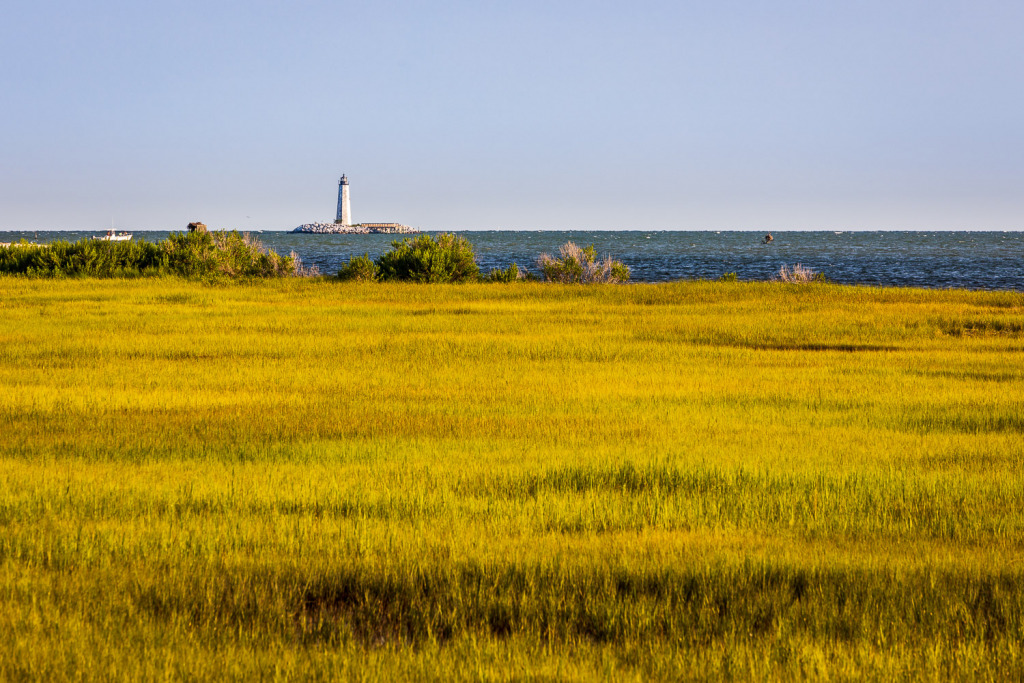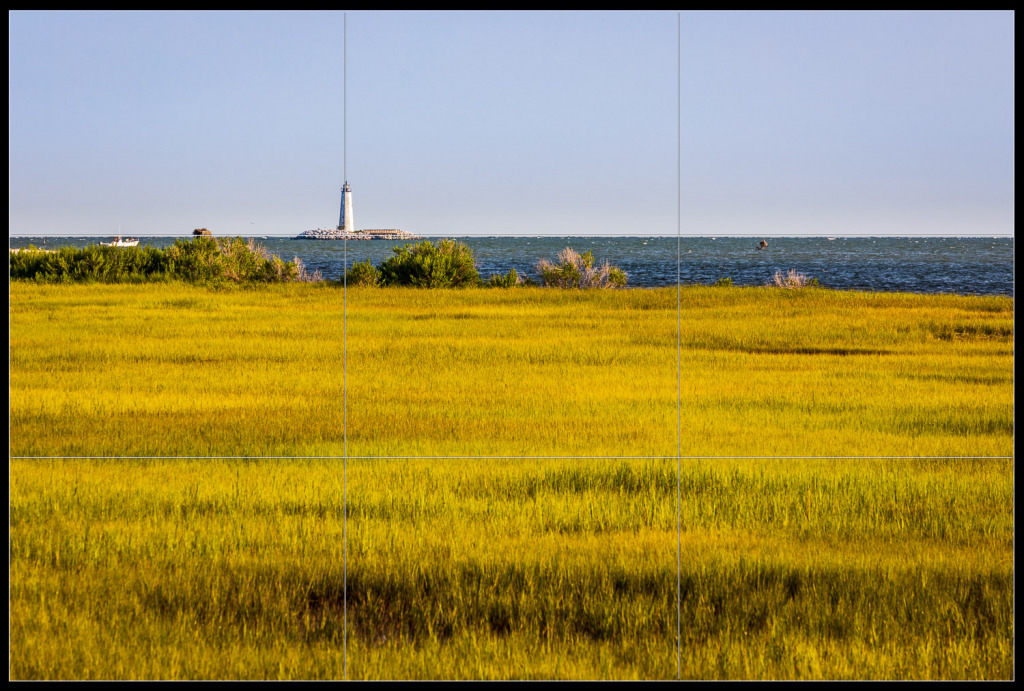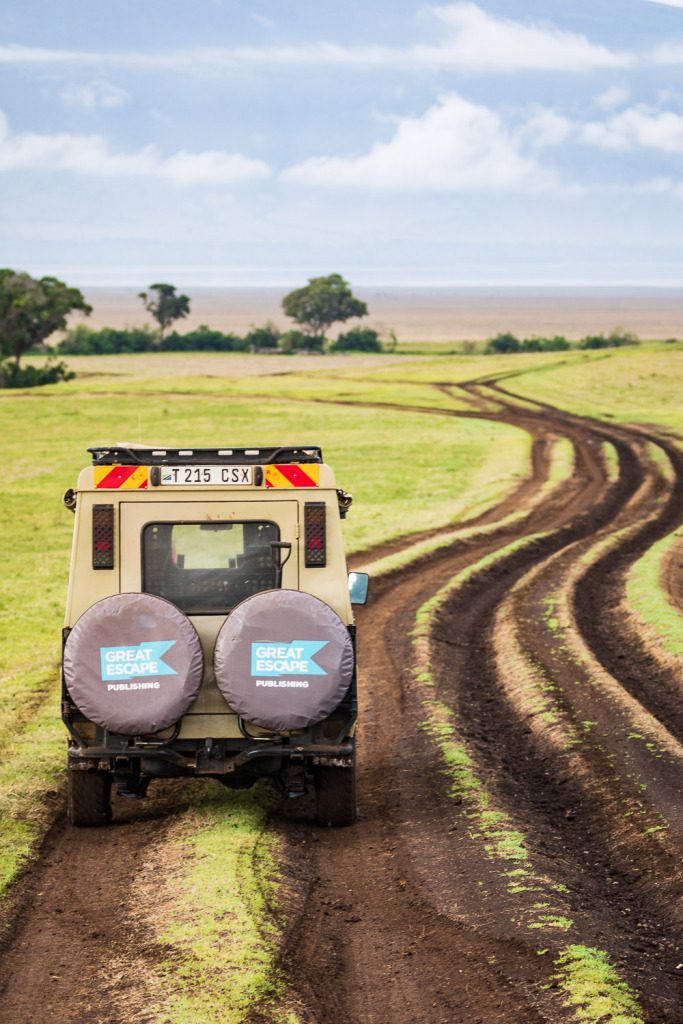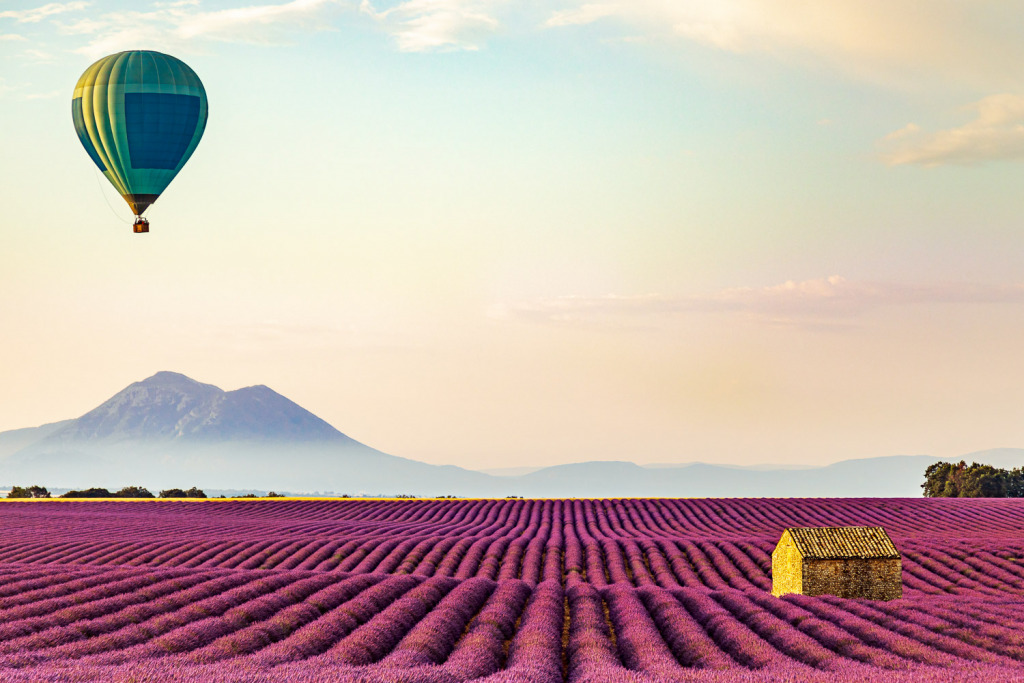Do you want to shoot better photos? Here are five composition tips for photography that will give you a great head start as you practice. These apply whether you’re using a DSLR/mirrorless camera or the camera on your mobile phone.
- What are these composition tips for photography?
- Tip Number 1: Keep the horizon straight
- Composition Tip Number 2 for photography: Use the Rule of Thirds
- Tip Number 3: Use leading lines to draw the eye of the viewer
- Tip Number 4: If your subject is moving, place them entering the scene.
- Tip Number 5: Simplify the scene
- Bonus Tip: Start with these composition tips for photography, and then use your vision for the scene.
- The story behind the photo:
- Now it’s your turn!
- Want to learn more?
What are these composition tips for photography?
Most photos use several of these tips at the same time, so I’ll start by listing them:
1: Keep the horizon straight.
2: Use the Rule of Thirds.
3: Use leading lines to draw the eye of the viewer.
4: If your subject is moving, place them entering the scene.
5: Simplify the scene.
Also, there are times when these rules need to be broken, but they are a great starting point.
Tip Number 1: Keep the horizon straight

This is one of those rules that really shouldn’t be broken. A photo with a tilting horizon is unsettling, especially if water is involved.
I shot this photo of the New Point Comfort Lighthouse on the Chesapeake Bay from a viewing platform at the New Point Comfort Preserve. This ADA-accessible platform was built by The Nature Conservancy over a seagrass marsh and is a great place to see the lighthouse. Have you ever been here? I would love to return to shoot a sunrise here!
Imagine if this horizon were tilted. Not pleasant!
If you’re shooting an obvious horizon like this one, it’s also helpful to not place it in the middle of the photo. This brings me to:
Composition Tip Number 2 for photography: Use the Rule of Thirds
Looking back at the last photo, you’ll notice that the lighthouse is not in the middle of the scene and neither is the horizon. Why is this? One of the traditional composition techniques that predates photography calls for you to divide the scene into thirds going up and thirds going across.

Here’s a version of the lighthouse photo with the thirds-lines on it. See how the lighthouse is positioned right on the intersection of the top line and the left-hand line? The intersections are considered the strongest places in the photo.
Not only that but the horizon is straight and right on the top thirds-line.
So, this photo has a combination of tips number one and two.
But wait, what about the direction of the seagrass in the foreground? This brings me to:
Tip Number 3: Use leading lines to draw the eye of the viewer
In the lighthouse photo, can you see how the sea grass is all gently pointing up toward the horizon and the lighthouse? It’s subtle, but it’s there.

This safari truck in Tanzania is driving along a more obvious set of leading lines! But it gets more interesting. Can you see where the dirt road branches off to the left in two places in the distance? Those smaller roads are leading to the trees where cheetahs or leopards might be resting in the branches. The leading lines are guiding the viewer through the scene and telling a story.
Is there another composition tip for photography lurking in the photo? Where is the truck located in the photo? It sure looks like the rule of thirds to me!
And what about the horizon in the distance? Is it straight? Finally, notice the direction that the truck is driving and where it is headed. Yes, this leads me to:
Tip Number 4: If your subject is moving, place them entering the scene.
That’s right. The truck is driving along the leading lines and into the scene! This encourages the viewer to look in that direction and follow the leading lines.

Here’s another example of the subject entering the scene. This runner is enjoying a peaceful jog along a beach in Cape Town, South Africa. As you look at her, your glance is drawn to the left, where she is going. This keeps your eye on the photo longer.
But can you see any other composition tips for photography in this scene? How about Tip Number one? The horizon is definitely straight. Tip number two is here, too. She’s on the rule of thirds and so is the horizon. What about tip number three? It’s subtle, but her shadow does lead your eye to the left and the waves lead you to the boulders in the distance.
There’s another tip lurking here, too, which leads me to:
Tip Number 5: Simplify the scene
Our runner wasn’t alone on the beach. If I had stepped back a few feet, I would have seen other people. By stepping closer and using a zoom lens, I was able to simplify the scene and make the photo just about her.
Bonus Tip: Start with these composition tips for photography, and then use your vision for the scene.
After all, you are the artist!

This photo of a lavender field in the Valensole Plateau in Provence, France has so many of the tips, but you’ll notice one change.
Let’s start with the tips I’ve followed to capture the dawn scene.
The horizon is straight and on a rule-of-thirds line, the mountain in the distance is following the rule of thirds, there are plenty of leading lines, the view is simple, and the hot air balloon is entering the scene.
But look where I placed the borie (that’s the small stone building) and the hot air balloon. Instead of being on the rule-of-thirds lines, they are following the rule of fifths. They are even closer to the edges of the photo. Personally, I love to use the rule of fifths, since I feel like it expands the scene. It’s my secret bonus composition tip for photography.
The story behind the photo:
There’s another reason that I shot it this way. Here’s the story. The hot air balloon was moving fast! It suddenly came into my view on my left, so I positioned myself to capture it when it entered the scene I envisioned shooting.
I was using a tripod that was straddling a row of lavender, so moving was difficult. (The lavender was also full of honeybees!) To top that off, I was limited in how much I could zoom out for the shot if I wanted to keep it simple. To my right and left were other photographers! Including them was not an option!
I wish I could have gotten a few more shots, but it was speeding across the sky and already out of position for a good composition after I took this photo!
Now it’s your turn!
Grab your camera and head out to practice these composition tips for photography.
Is there a best tip to start with? I’d aim for Tip Number 2. Practice using the rule of thirds until it comes naturally to you. Then, go ahead and break it if your vision calls for it.
Always try to capture a level horizon (Tip Number 1), but if it’s a little tilted, you can correct it in post-processing.
The other tips really depend on your subject.
Want to learn more?
If you want to get better at using your camera, I hope you’ll visit my workshops page. I love helping busy camera owners capture photos they love without reading their manuals. Is that you? https://www.carolinemaryan.com/workshops-camera-how-to-williamsburg-va/
If your subject is a person, you can get some more tips for shooting candid portraits in this post: https://www.carolinemaryan.com/shooting-candid-portraits/
If you’re wishing you had a starting point for settings for your DSLR or mirrorless camera, I try to make Aperture mode easy in this post: https://www.carolinemaryan.com/set-your-camera-to-aperture-mode/
If you’re looking for ways to use these tips in travel photography, head over to this post: https://www.carolinemaryan.com/improve-your-landmark-photos-easily/
If you’re ready for more tips, check out Phlearn.com’s article about 25 tips! Oh my! https://phlearn.com/magazine/the-25-best-tips-for-perfect-composition/





Leave a reply